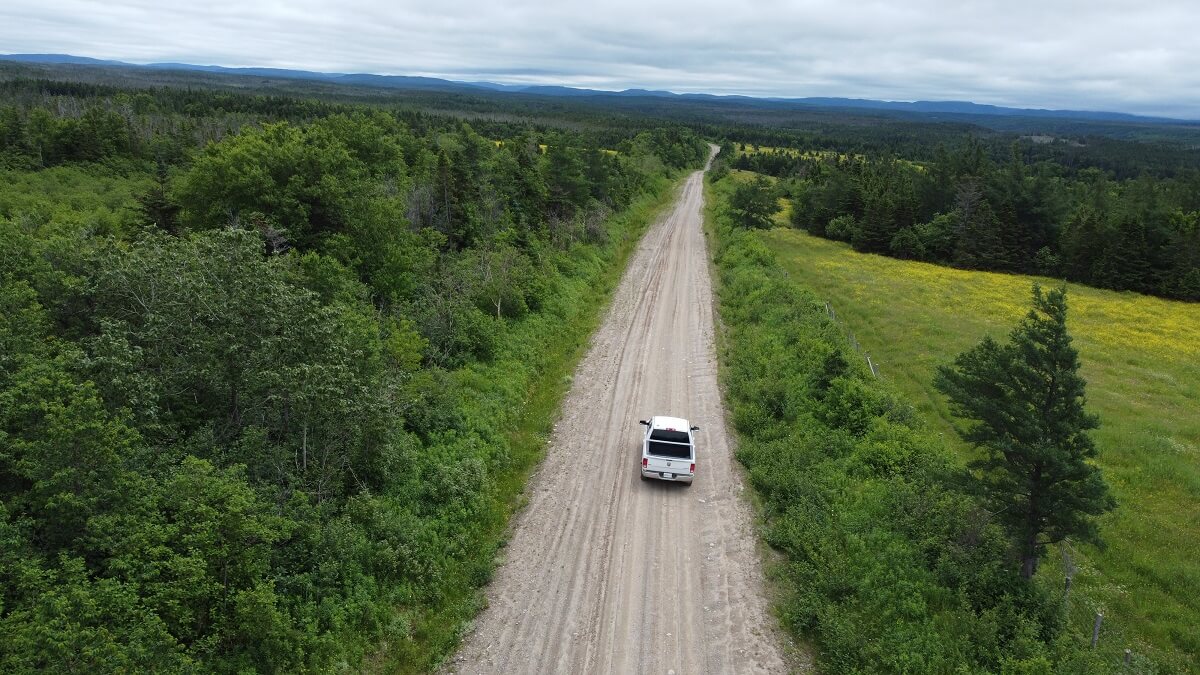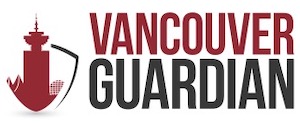Vortex Energy Corp is a dynamic exploration stage company dedicated to the exploration and development of mineral properties in the heart of North America. Headquartered in Vancouver, the company is at the forefront of innovation and sustainability in the energy sector. They are actively advancing their latest endeavour, the Robinson River Salt Project, encompassing an impressive 23,500 hectares of pristine land in Newfoundland & Labrador. We spoke to Jason Latkowcer, Strategy and Corporate Development at Vortex, to join him on the journey to reshape the energy landscape with innovative solutions that make a lasting impact.

What is your business called and what does it do?
Vortex Energy Corp is an exploration stage company engaged principally in the acquisition, exploration, and development of mineral properties in North America. Based in Vancouver, the company is currently advancing its latest site, the Robinson River Salt Project, which covers 23,500 hectares in Newfoundland & Labrador. Leveraging the company’s salt project and hydrogen storage technology, Vortex is poised to be a leader in Canada for developing salt caverns to store hydrogen or energy for use and transport on a global scale.
What made you want to do this work?
I was drawn to the field of critical minerals and salt cavern hydrogen and energy storage due to its immense potential in advancing sustainable energy solutions. Vortex’s project has the potential for large-scale storage which could play a critical role contributing to the green energy infrastructure being developed in Canada.
I am fortunate to have worked with some of the largest energy companies across North America in my previous career and had direct exposure to upstream, midstream and downstream oil and gas. These same companies broadly recognize the urgent need for viable alternatives to traditional fossil fuels. Make no mistake, storing hydrogen and energy subsurface isn’t a new concept; however, it is new to this particular region.
Being part of a community focused on developing innovative solutions for global energy challenges has been incredibly rewarding and has allowed me to contribute directly to a more environmentally conscious and resilient energy infrastructure. This work aligns perfectly with my passion for sustainable technologies, critical minerals, and my desire to make a meaningful impact on combating climate change.
What problem did you want to solve with the business?
Vortex is leading a groundbreaking solution to shape the future of the global green energy economy and spearhead an important piece of the renewable energy chain. Green hydrogen and energy storage in underground salt caverns has a number of advantages including an indispensable supply chain link, flexibility with injection and withdrawal cycles, safety and footprint.
When companies have energy that they don’t need right away (i.e. produced by wind turbines), we can store it into salt caverns. Conversely, since wind doesn’t blow all of the time, being able to draw from energy storage helps to address the intermittency issue and seasonal power supply imbalances. This helps to keep production plants operating at full capacity. Vortex is well-positioned to play a valuable role in this new energy economy.
Who are your clientele/demographics?
Vortex is targeting upstream producers of energy and hydrogen for their storage requirements using our key geological infrastructure. We are still early in our development and commercialization process but we see a strong pathway to develop localized and international sales channels with off-take customers, like Germany and South Korea. The world wants Canadian energy!
How does your business make money? How does it work?
Vortex is currently in the exploration and development phase of our business. Once infrastructure is developed, we will make money through contract storage and offtake agreements throughout local and international markets.
Here’s an example. A wind-powered green hydrogen project that requires energy storage to power its electrolyzer would partner with Vortex. Vortex would operate, store, and release the energy as needed under a service agreement. Alternatively, if we are storing produced hydrogen, Vortex could purchase the hydrogen and sell the hydrogen into the market to service a wide variety of applications. This is commonly done in the natural gas industry where storage companies buy low and sell high during seasonal demand changes (i.e. buy natural gas during summer and store it for sale in the winter when heating demands are high).
We are actively evaluating what a pathway to developing our own upstream infrastructure, to become more vertically integrated, however, the priority now is to prove out our assets and position the company as a formidable option for energy storage for strategic partners who are building at scale. We want to stay focused on the task at hand and avoid scope creep.
Where in the city can we find your profession?
Our headquarters is based in Downtown Vancouver, but we have team members across the country. We’re planning to break ground on our new project in Newfoundland and Labrador this Fall.
What is the best question a prospective customer could ask a member of your profession when comparing services? Give the answer as well.
The most important question is the qualification that the underground asset is suitable for safe and secure storage of hydrogen or energy. Following the confirmation of geological suitability would be the size of the project and proximity to production.
Our industry partnerships and team are some of the best in the world. We’re operating with best practices in our exploration efforts that will unlock the best possible outcome. Based on our work to date, we have identified two of the largest domal salt structures on the East Coast of Canada and they’re in the heart of the emerging green energy industry proximal to Stephenville, Newfoundland and Labrador.
What is the best part about what you do? What is the worst part?
The best part is working with amazing people and being at the forefront of new industry and innovation. The worst part, although I’d prefer to call it the greatest challenge, is the uncertainty that comes in and around related policy and regulation. When you’re operating in uncharted territory, getting answers can be challenging. This can make projects lose momentum.
What is your favourite joke about your own profession?
What do wind turbines talk about?
Not much. They just shoot the breeze.
Where can we follow you?
You can follow us on LinkedIn for company updates as well as our website. I’m happy to connect directly on my personal LinkedIn at Jason Latkowcer.
PAY IT FORWARD: What is another local business that you love?
Tersa Earth Innovations. They’re a B.C. company that has pioneered a technology that allows nature to heal itself. Their carbon-neutral solutions were developed to remediate mining waste and recover metals from mining tailings ponds. An incredible story born out of the University of British Columbia with an impressive team. If you haven’t heard of them yet, I’m confident you will soon!




